South Holston River Hatch Chart: Month-by-Month Guide
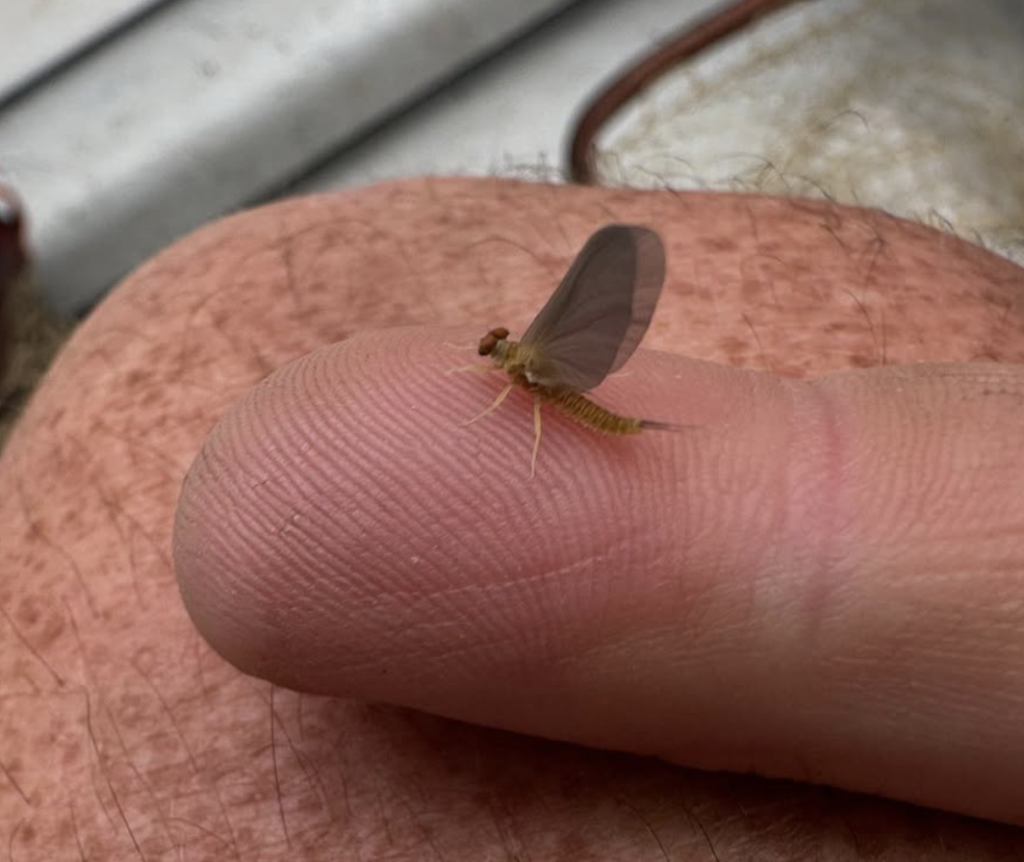
The South Holston River in Bristol, TN, is one of the most renowned tailwater fisheries in the Southeast, known for its cold, consistent flows and thriving population of wild brown trout. Anglers from across the country travel here to experience its legendary hatches and technical dry fly fishing.
Understanding the South Holston River hatch chart is one of the best ways to set yourself up for success on the water. Knowing which insects are hatching each month—and what patterns to bring—can mean the difference between a slow day and one you’ll remember for years.
At River Run Angling, our guides spend countless days on both the SoHo and the Watauga, helping anglers match the hatch and get the most out of their time on the water. Whether you’re new to fly fishing or a seasoned angler chasing picky browns, our guided float trips are built around the knowledge, timing, and preparation that turn opportunities into trout in the net.
Why Pay Attention to a Hatch Chart on the South Holston River?
Trout are selective feeders. They key in on the insects that are most available at any given time, often ignoring everything else. That’s why understanding the South Holston River hatch chart is so important—it gives you a roadmap of what the trout are eating throughout the year, so you can match their behaviour with the right fly patterns.
The South Holston is a rare fishery. Its year-round cold flows from the dam create the perfect environment for consistent bug activity, and it’s home to one of the most famous hatches in the Southeast: the sulphurs. From late spring through summer, the sulphur hatch on the South Holston brings large numbers of trout to the surface and offers some of the best dry fly action you’ll find anywhere. Add in dependable winter midge hatches and spring blue-winged olives, and you’ve got a river that produces opportunities twelve months of the year.
If you want to make the most of these hatches, the best way is to fish them with a guide who knows the river inside and out. At River Run Angling, we build our float trips around the timing of the hatches to put you in the right place, with the right flies, at the right time.
South Holston River Hatches by Month
The South Holston is one of the few rivers in the Southeast where you can count on productive hatches in every season. Thanks to its cold, steady flows, insect activity remains strong throughout the year, giving anglers consistent opportunities whether it’s the middle of winter or the height of summer.
Below you’ll find a month-by-month South Holston River hatch chart, outlining the key insects you’ll see and the patterns that work best. From tiny midges in January to the famous sulphurs of late spring and summer, knowing what to expect will help you plan your trip and match the hatch more effectively.
January – Winter Midges and Blue-Winged Olives
Winter fishing on the South Holston is all about tiny bugs and patient presentations. The most reliable activity comes from midges, with small Blue-Winged Olives (BWOs) making appearances during cloudy or overcast days.
Trout have a slower metabolism in cold water, so focus on slower drifts and smaller patterns fished deep.
Recommended flies: Zebra Midges (sizes 20–24), RS2s, small BWO emergers.
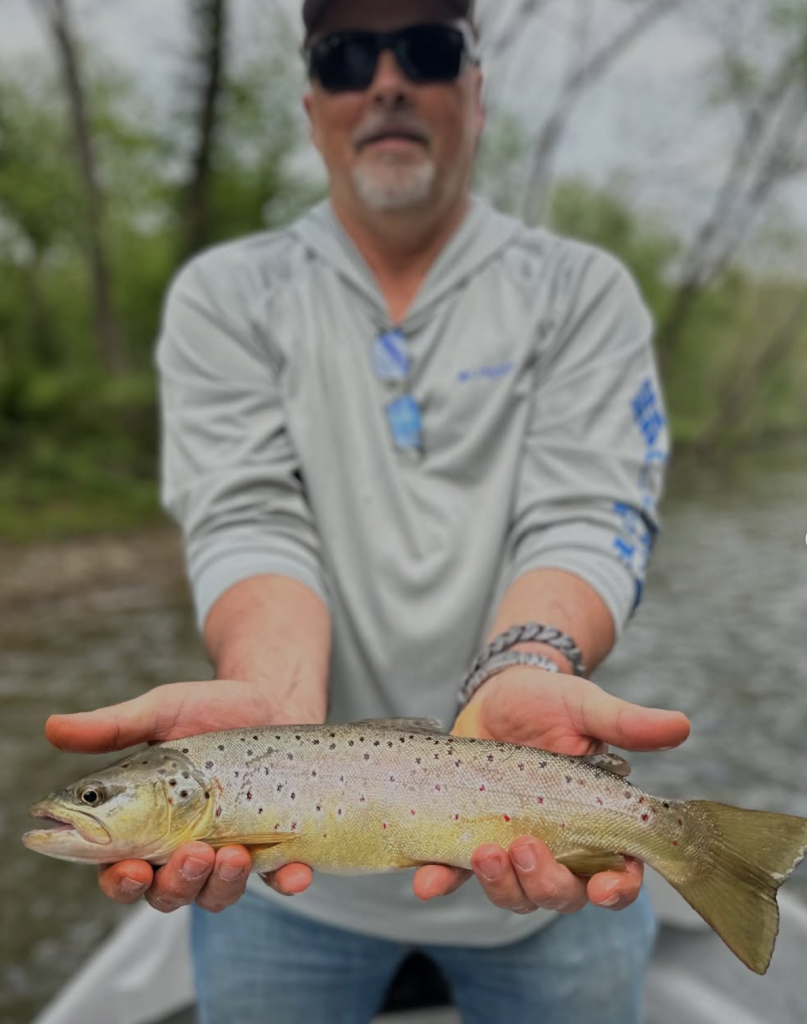
February – Midges and Early Black Stones
Midges remain the staple through February, but anglers may also encounter small black stoneflies on mild afternoons. These can trigger surface activity when conditions line up.
- Recommended flies: Griffith’s Gnat, zebra midges, small stonefly nymphs.
- Keep an eye out for risers in slow pools and tailouts on warmer days.
March – Blue-Winged Olives Return
As spring approaches, BWOs begin to show more consistently, often in the early afternoons. This hatch offers some of the first real dry fly opportunities of the year.
- Recommended flies: BWO parachutes, pheasant tails, and emerger patterns.
- Nymphing remains productive, but be ready to switch to dries when trout start rising.
April – Caddis and Sulphur Previews
By April, caddis begin to make their appearance, giving anglers a variety of options beyond midges and BWOs. Warmer days can also spark early sulphur activity, a preview of the famous hatch to come.
- Recommended flies: Elk Hair Caddis, sulphur nymphs, caddis emergers.
- Watch riffles and seams in the afternoon for rising fish.
May – Famous Sulphur Hatch on the South Holston
The sulphur hatch on the South Holston is what makes this river legendary. From late spring through summer, these insects hatch in massive numbers, drawing trout to the surface in nearly every section of the river. The density and consistency of this hatch are unmatched in the Southeast.
Trout often become selective, so carry multiple sulphur imitations to match each stage of the hatch.
This is prime time to book a trip on the South Holston River to experience the hatch with a guide who knows where and when to fish it.
Recommended flies: Comparaduns, split-case sulphur nymphs, emergers.
June – Sulphurs in Full Swing
June offers peak sulphur fishing, with consistent emergences bringing heavy surface activity. Trout feed aggressively, and dry fly purists will find no shortage of opportunities.
Be prepared to rotate patterns as trout shift between duns, cripples, and spinners.
Recommended flies: Sulphur parachutes, emergers, and spinners.
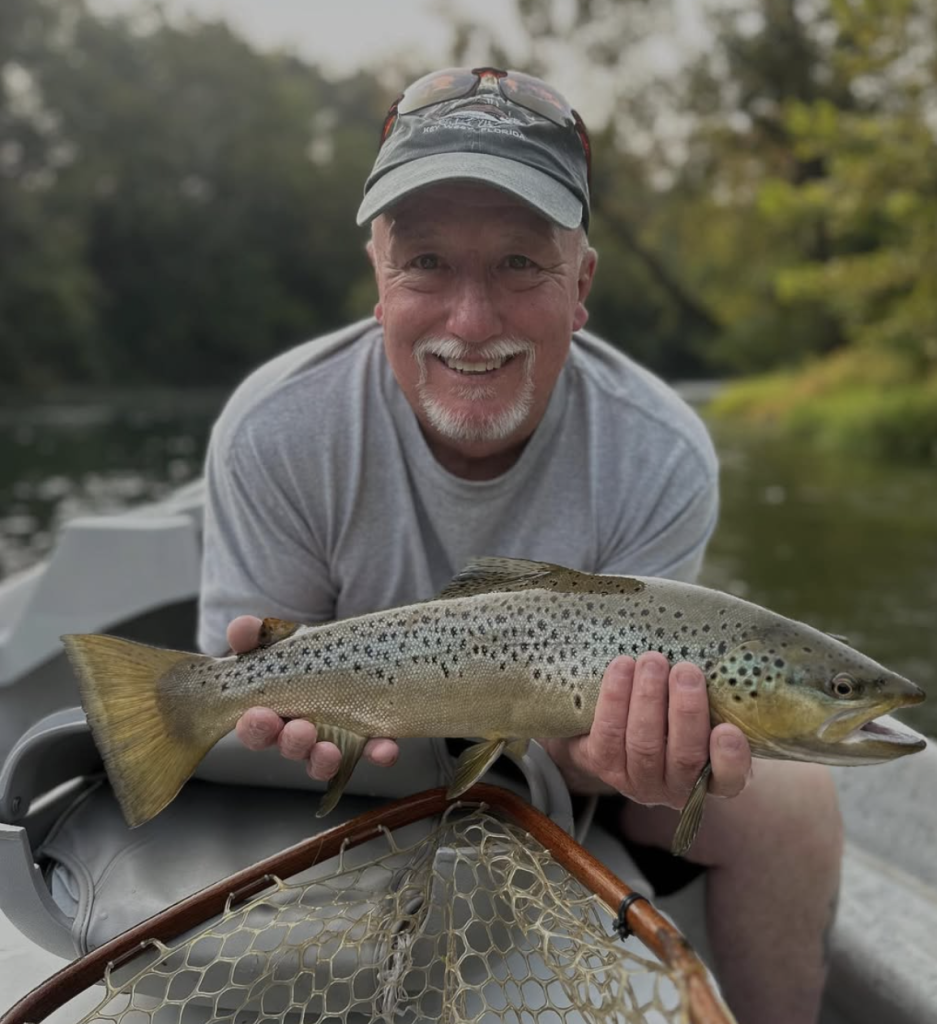
July – Sulphurs Continue and Terrestrial Season Begins
The sulphurs remain strong early in the month, but as summer heats up, terrestrials become an important food source. Ants, beetles, and grasshoppers add variety to your box.
- Recommended flies: Sulphur dries, beetles, flying ants.
- Mix in hopper-dropper rigs to cover both surface and subsurface feeding fish.
August – Terrestrials and Sulphurs
By August, sulphurs taper off but are still present in spots, while terrestrials dominate the action. Afternoon floats with hoppers and beetles can produce explosive strikes.
- Recommended flies: Hoppers with a trailing dropper, beetles, sulphur spinners.
- Great time to book a float trip and cover miles of productive water.
September – BWOs and Terrestrials
Early fall brings back the BWOs, especially on cloudy or rainy days. Terrestrials continue to be productive until the first frosts.
- Recommended flies: Parachute BWOs, ants, beetles.
- Transitioning between summer and fall patterns keeps the fishing interesting.
October – Blue-Winged Olives and Midges
Fall BWO hatches are steady, and midges become a reliable year-round option again as colder weather sets in.
- Recommended flies: Tiny BWO dries, zebra midges, Griffith’s Gnats.
- Target slower water where trout can rise confidently.
November – BWOs and Small Midges
As temperatures drop further, the river shifts back toward a winter pattern. BWOs and midges are the main focus.
- Recommended flies: RS2s, midge clusters, WD-40s.
- Light tippets and small flies are critical to fooling fish.
December – Midges Dominate
December is all about midges. While the fishing can be technical, it’s steady for anglers willing to fish small flies on fine leaders.
Focus on deeper runs and tailouts where trout can feed with minimal effort.
Recommended flies: Zebra Midges, Griffith’s Gnats, midge pupae.
Planning Your Trip Around the Hatches
One of the best parts about fishing the South Holston is that there’s no bad time to go—it simply depends on what kind of hatch you want to experience. If you enjoy technical dry fly fishing, plan your trip around the sulphur hatch in May and June, when the river comes alive with surface activity. Anglers who prefer steady year-round action will find midges and Blue-Winged Olives reliable from fall through winter. Summer is a great time for mixing sulphurs with terrestrials like ants, beetles, and hoppers.
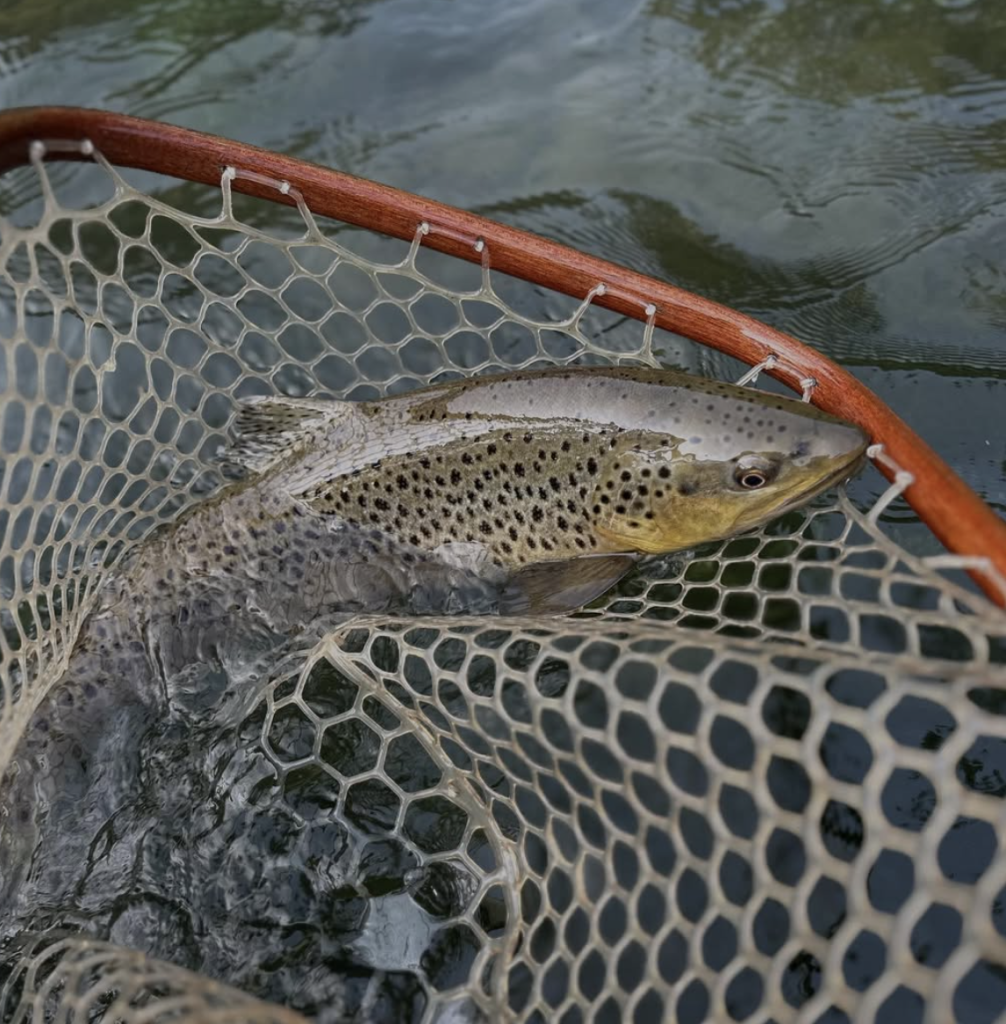
For visitors coming to the region, having a guide who knows the river makes all the difference. At River Run Angling, our team builds each float trip around the timing of the hatches, water conditions, and feeding patterns to give you the best chance at success. Learn more about our guided trips on the South Holston River.
If you’re looking to add variety to your visit, the nearby Watauga River offers an entirely different experience with its own set of hatches and opportunities. Many anglers book a multi-day trip to fish both rivers and get the full Northeast Tennessee fly fishing experience.
Frequently Asked Questions
When is the best time to fish the South Holston River?
The best time to fish the South Holston River is from May through July during the famous sulphur hatch. This period offers incredible dry fly action and draws anglers from all over the country. That said, the river fishes well year-round thanks to steady bug activity and cold tailwater flows.
What flies work best on the South Holston River?
The most effective flies change with the season. In winter, small midges and Blue-Winged Olive patterns produce consistently. From late spring into summer, sulphur imitations are a must. During the heat of summer, add terrestrials like beetles, ants, and hoppers for surface takes.
How long does the sulphur hatch last on the South Holston?
The sulphur hatch on the South Holston River typically begins in May and can last into August. The heaviest emergence usually happens in May and June, with lighter hatches continuing through mid-summer.
Is the South Holston River good for beginners?
Yes. The South Holston is a technical river, but with the help of a guide, even new anglers can succeed. At River Run Angling, we cater to all skill levels and make sure every client feels confident and supported on the water.
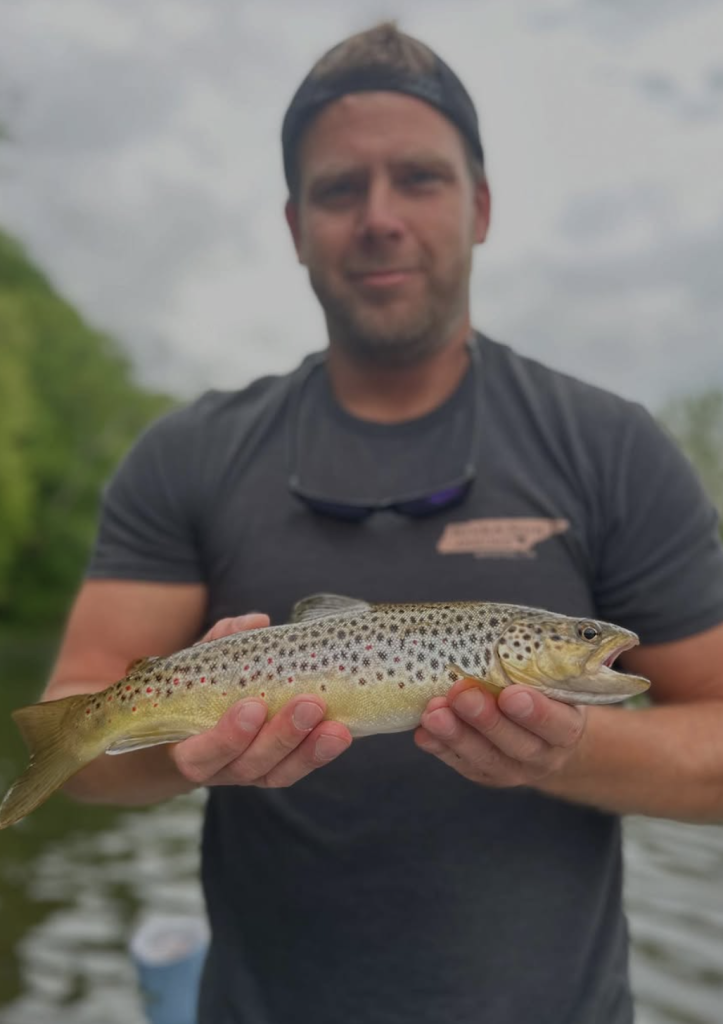
Book Your South Holston River Hatch Season Trip
Understanding the South Holston River hatch chart is one of the best ways to maximize your time on the water. Each month brings different insect activity, from winter midges to summer terrestrials, and of course the legendary sulphur hatch that makes this river a destination for anglers across the country.
At River Run Angling, we use our local knowledge and on-the-water experience to put you in the right place at the right time, with the right flies. Whether you’re chasing the famous sulphurs on the South Holston or exploring a different set of hatches on the Watauga, our guided float trips are designed to make your day on the water both successful and memorable.
Ready to fish the South Holston during peak hatch season? Book your guided trip today and let us help you experience one of the best tailwater fisheries in the Southeast.
